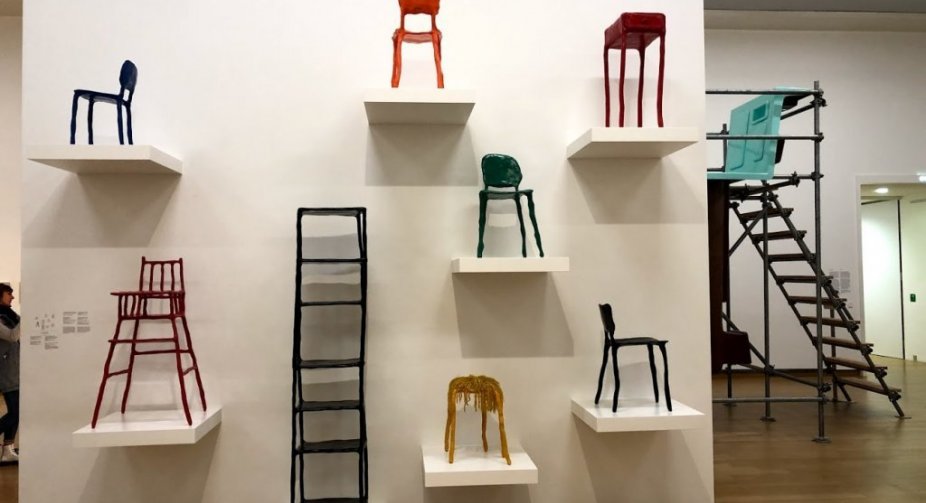The Stedelijk Museum of Art in Amsterdam, which owns the largest collection of works by Kazimir Malevich outside of Russia, intends to abandon the use of the term "Russian avant-garde". According to the BBC, now art critics will use the wording "avant-garde circles of Moscow and St. Petersburg" or "avant-garde movement of tsarist Russia and the early USSR."
As the museum told the BBC, from mid-2022, Stedeleik describes Malevich, who was born in the Ukrainian capital of Kyiv to parents of Polish descent when the city was part of the Russian Empire. When necessary, the museum indicates that he worked in Kyiv, Moscow, Leningrad and Vitebsk.
The museum will refer to Malevich as a "Ukrainian artist" in extended texts that include descriptions of the artist's birthplace, work and death, and in some cases nationality.
Similar revisions are carried out by other major world museums. The Metropolitan Museum of Art in New York, whose collection includes works by Ilya Repin, Arkhip Kuindzhi and Ivan Aivazovsky, previously referred to these artists as Russian. The Metropolitan now lists their ethnicity and places of work. In the case of Aivazovsky, there was even a small scandal, because he was an ethnic Armenian, and the museum initially indicated that he was Ukrainian.
Russian avant-garde is the name of innovative art of the early 20th century in tsarist and post-revolutionary Russia (1910s - 1920s). It is one of the most important and famous contributions of Russia to the history of world art. Kazimir Malevich was one of its brightest representatives.
